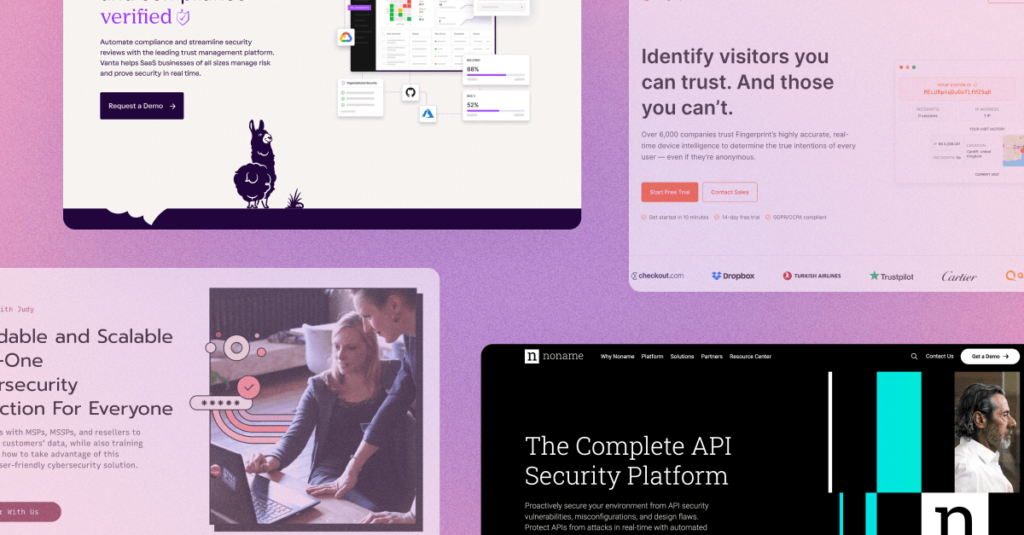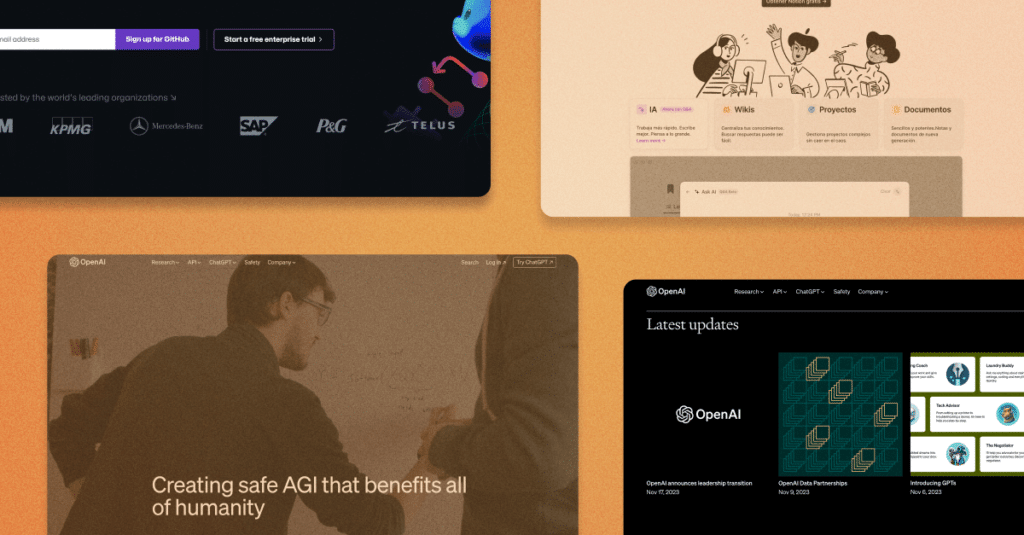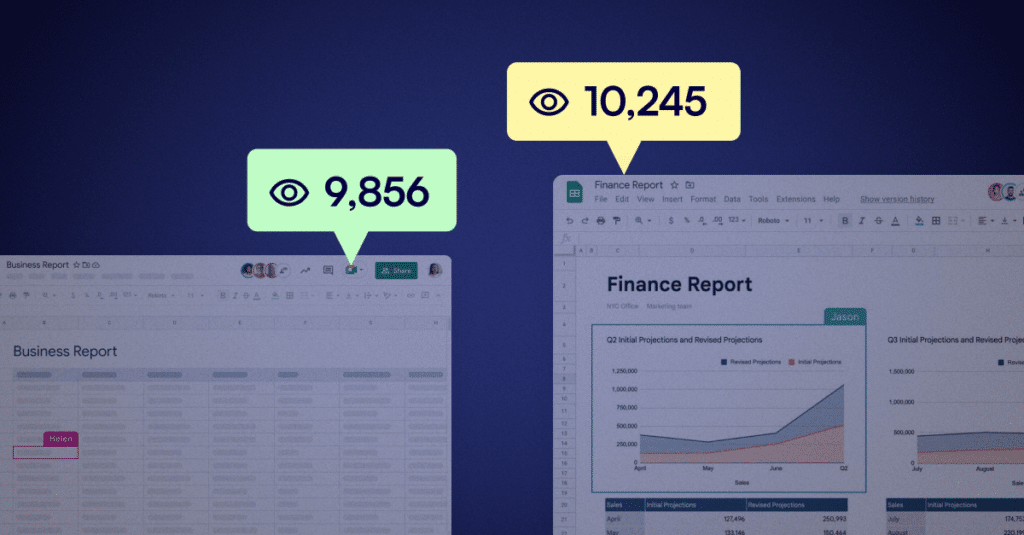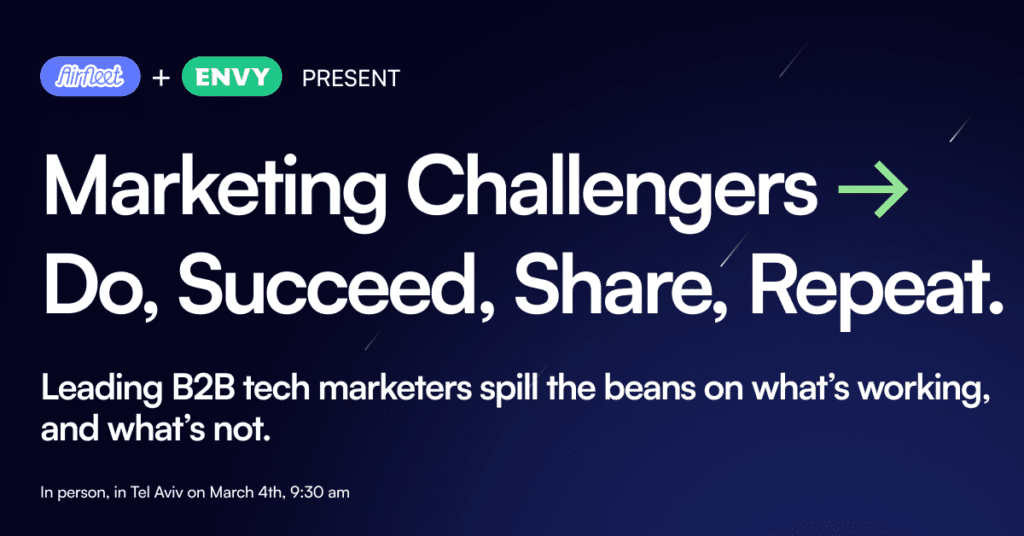The ultimate tech stack for B2B marketers:How Anodot is taking data-driven marketing to the edge
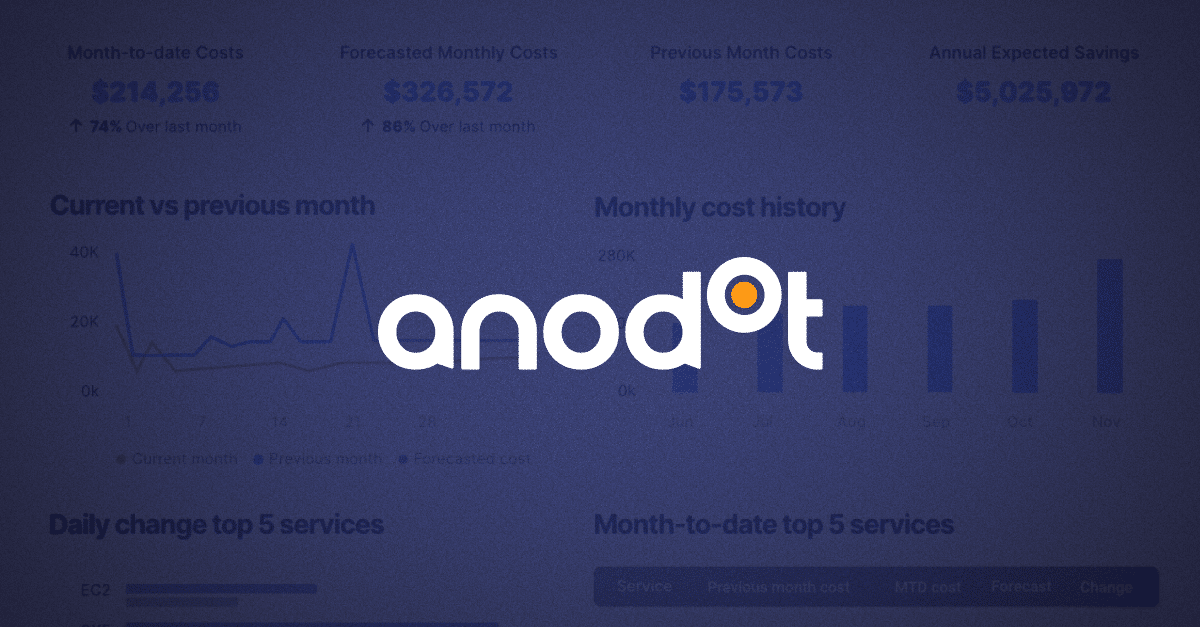
Anodot is a deeply data-driven company, and that’s reflected not only in their product, but also in their cutting-edge marketing tech stack. We sat down with Amit, the VP of Growth and Marketing at Anodot to find out about Anodot’s data-driven approach to marketing, their unique platform, and how their tech stack helps them market something totally new and unique.
What is Anodot?
Anodot is a business monitoring platform. It monitors your data in real-time for lightning-fast detection of incidents which impact your revenue.
For example, marketing paid campaigns are a really big topic for a lot of companies right now. Anodot’s customers are able to monitor campaigns in real-time, and receive alerts whenever there is a spike in cost or drop in conversions .
What challenges do the Anodot marketing team face?
From a market perspective, Anodot is doing something very new. “I don’t know any other company that uses machine learning and AI in this way”, Amit tells us.
This presents a challenge. The market is not aware that such a solution exists – or even that such a solution can exist. How can Anodot market something that nobody is looking for because nobody has ever considered something like it before?
The right team plays a big part, of course. “I need a team which is capable of working with demand generation and scaling as we go”, says Amit. But it’s also vital that this team is equipped with the right tools for the job.
Anodot’s marketing tech stack:
Hubspot
“Our website is fully integrated with Hubspot, lots of our landing pages are on Hubspot. We use Hubspot for lead scoring, initial touch points, Salesforce integration…we really like Hubspot!”, says Amit.
Hubspot is a platform offering a variety of solutions, from marketing automation, landing pages creation and CRM to sales and customer service. The amount of software and services it offers is a big draw for a lot of marketing teams. Anodot makes full use of everything that Hubspot can provide.
Anodot have also integrated many of their own analytical tools with Hubspot in order to get a proactive analytical solution.
Salesforce
Salesforce is a cloud-based CRM which enables brands to track customer information and behavior. It gives separate teams (marketing and sales, for example) a unified view of customer data, which helps to coordinate efforts and to provide a better overall customer experience.
However, while Amit finds Salesforce useful, his team has made a few changes to it in order to optimise the tool for their own operation.
“We find that everything flows into Salesforce, but its analytical capacity is limited”, Amit explains, “So, we integrated it with Hubspot and Tableau. With those integrations, we get a really good view of our entire sales funnel.”
Tableau
Tableau provides interactive data visualization. It describes itself as a “powerful, secure and flexible end-to-end analytics platform for your data”. It’s popular for its intuitive layout and drag-and-drop features. The Anodot marketing team have integrated their Tableau dashboard with Salesforce to get a more complete and insightful picture of their sales funnel.
Airtable
Airtable is a data management tool, kind of a hybrid between Excel and a SQL database, but Amit also uses it to manage teams and to outsource.
Airtable comes into its own for collaborative creative projects. It has a visual flair to it which is very appealing to content creation and design teams. Amit frequently outsources work to freelancers and external teams, and Airtable makes it easy for him to organize, manage, and track tasks spread out over a diverse range of workers.
FullStory
FullStory is a solution for companies who want to see how specific audiences are using their sites. As well as gathering and presenting customer behavior data for you in a variety of formats, FullStory lets you see your site through your customers’ eyes.
FullStory will replay specific customer sessions for you, enabling you to see what went smoothly and where your UX falls down. By collecting data on frustration behaviors (‘dead clicking’, for example), it can also pinpoint precisely where and when customers lose patience – meaning you can quickly take action to improve things. Amit is a big fan.
“I love FullStory”, he enthuses, “The heat maps show so clearly how people interact with your pages. I’m such a data geek – I am fascinated by this kind of thing!”
Supermetrics
Supermetrics describes itself as “an all-round business intelligence software, tailored to meet the needs of online marketers”. It works well as a reporting automation tool, which aids marketers in gathering and collating data from SEO, PPC, Analytics and so on. Amit uses it to collect campaign data from different sources.
BigQuery
After data is gathered in Supermetrics, Anodot stores it in BigQuery. Essentially BigQuery is a SaaS data warehouse with built-in machine-learning capabilities. It offers scalable analysis over petabytes of data, and is easily integrated with other data tools.
And then, of course, there’s…
Anodot
“At the top end of everything, we use Anodot.,” says Amit.
Using their own tool has given the Anodot team a privileged insight into the experiences their customers are getting.
“It’s been really interesting, using our solution to help with our marketing”, Amit told us, “we learn new things every day about what Anodot can do! And that not only helps us with our own operation, we can feed those insights back to our customers in ways that have a lot of genuine value for them.”
It has also helped them to optimize their own marketing operation. “Last week, for example, we were able to sort out a resource and work distribution issue that we’d never have picked up on if it weren’t for Anodot’s monitoring.”
Essentially, Amit explains, the budget Anodot allocated to a certain PPC agency was altered and optimized for cost per MQL. From a budgetary point of view, this makes total sense – and the budget metrics were, admittedly looking great. However the cheapest possible MQLs don’t live in the States.
While other teams were getting more leads, the leads going to the US based AEs decreased, which meant potential loss of revenue.
“Since we still had other campaigns running in the US, we would have had no idea that there was an increase in traffic from the rest of the world and a decrease in traffic from the US, if Anodot weekly had not informed us”, says Amit. “Thanks to Anodot flagging that up quickly, we were able to fix it before it became a big problem.”
Choosing new tools: the goal-focused approach
Knowing when a tool has worn out, or when it’s appropriate to onboard the latest shiny new tech is a big part of what any marketer does. So, how do Anodot resist the allure of tools that they don’t need, and understand when to part with or update old favorites?
“New tools offer themselves to us every day”, Amit says, “Often team members find amazing new tools and get excited about them – we’re all tech geeks! But we are also a very goal-focused company. So, we concentrate first and foremost on the goal, and then identify a tool which can help us achieve that goal”.
Anodot know where the problems lie in their funnel. By focusing on solving these problems, they ensure that they’re not needlessly replacing tools which are working – and that the tools they do bring in are genuinely useful for them.
Recently, for example, they chose to test out Clea
rbit. “We saw that we needed to work on our lead enrichment process – more detail, better research capabilities – so we gave Clearbit the chance to see if they could solve our problem there. But we wouldn’t have brought Clearbit in, however great it is, if we hadn’t had a problem it could solve.”
Marketing tools of the future
Anodot is breaking new ground, and that’s given Amit some ideas about the marketing tech he’d like to see in the future.
”What’s hard at the moment is that everything we do has to translate to earnings. Which is sometimes easy – for example, when you’re dealing with things like clickthroughs that relate directly to conversions and stuff like that. But then you get into more ‘Influencer’-style stuff. Interviews like this, for example! It’s raising awareness of the brand and so on – but can I relate it directly to a solid figure it might bring in for the company?”
Tracking the path to income for things like interviews, research, whitepapers – all that marketing goodness – is certainly a challenge for any marketer. How would Amit face that challenge if he could?
He’s not sure, but he thinks testing would be a start. “If I had free-reign, I would A/B test awareness vs performance building to see which one wins, and then work on building a solution from there.”
This sounds like a fascinating project – we kind of hope that Amit does get free-reign to develop this in the future!
Do you have an interesting tech stack of your own? If so – get in touch! We’d love to hear about it!


